This is a favorable condition to build and implement a blue economy development strategy, a development model closely linked to the sea, ensuring the sustainability of the ocean ecosystem, both protecting the environment and exploiting it reasonably with investment in regeneration.
New pillars of blue economy sectors
Blue economic sectors include: green ports and logistics, eco-marine tourism , offshore renewable energy (wind, wave, tidal), sustainable aquaculture and fisheries. In particular, coastal real estate development and construction, land reclamation and development on artificial islands are emerging as a new pillar.
In the context of exhausted urban land funds, high compensation costs, long project implementation times and overloaded existing infrastructure, heading to the sea is a potential strategy. This is the path that countries like the United Arab Emirates (UAE) have been taking very successfully, something I have had the opportunity to directly observe.
Since 1995, the UAE has implemented hundreds of land reclamation and artificial island projects. According to World Bank and government website data, the UAE's land area is 71,020 square kilometers. In fact, the UAE's land area today is 83,600 square kilometers, a significant increase and continues to expand.
Typical projects include: Palm Jumeirah (5.72km2), The World Islands (with 300 artificial islands, 9.31km2), Palm Jebel Ali (13.4km2), Deira Island, also known as Dubai Islands (17km2), Yas Island (25km2)... UAE is currently one of the 5 countries with the most land reclamation in the world, along with the Netherlands, South Korea, Singapore and China.
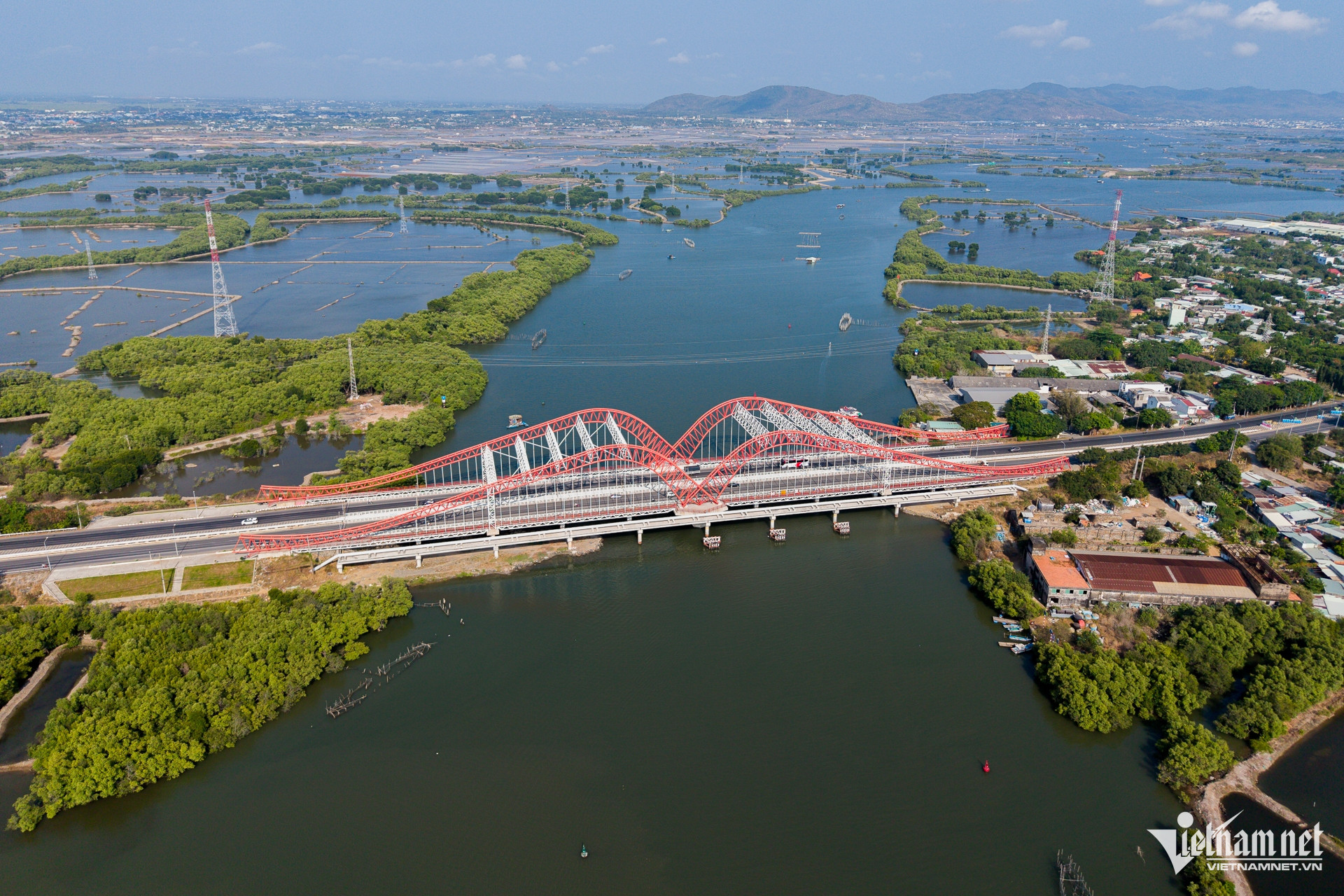
Ba Ria - Vung Tau Province. Photo: Nguyen Hue
Coastal real estate, especially in new urban areas and artificial islands, is becoming an important growth pole for the Dubai economy. If properly implemented, combining green planning, green infrastructure, green transportation, green energy, coastal urban areas and artificial islands can change the entire urban appearance and international position of Ho Chi Minh City.
This is also a valuable lesson from the UAE: as new modern urban areas attract residents and investment, old urban areas such as Bur Dubai, Deira, Dubai Creek gradually become obsolete. Land prices in old areas have decreased relatively, opening up opportunities for "rolling" reconstruction.
Each square meter of land in Dubai currently costs an average of 3,515-7,287 USD. Thus, 700 square kilometers of reclaimed land and artificial islands have a minimum value of 246,000 billion USD - more than 5 times the current GDP of Vietnam.
Once the infrastructure in these areas is in place and investment-friendly policies are in place, foreign capital will flow in. That is what Dubai did: the government invested relatively little in initial infrastructure but triggered hundreds of billions of dollars in private and international investment.
According to data from the Dubai Land Department, the total value of real estate transactions in Dubai city alone will reach 207 billion USD in 2024. This shows the clear effect of infrastructure leverage, policy, and private investment.
Things Ho Chi Minh City can learn
Ho Chi Minh City can absolutely learn from Dubai by building a maritime economic zone with special status, similar to the Dubai Maritime City model.
This is an integrated urban-industrial-seaport zone on an artificial peninsula, which combines maritime finance, marine logistics, training academy and high-end residential areas. This model is an important part of the UAE's blue economy strategy.
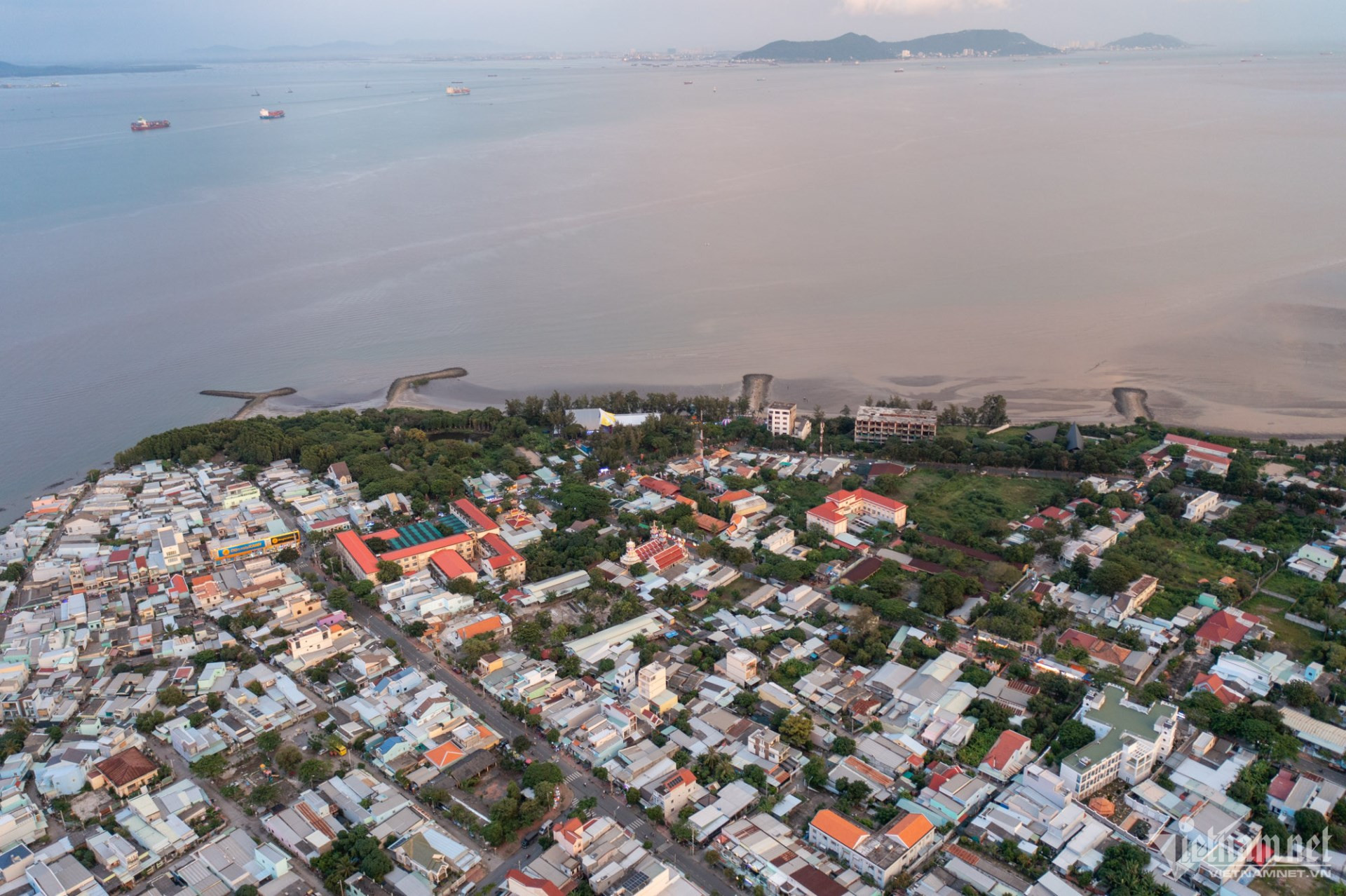
Can Gio District, Ho Chi Minh City seen from above. Photo: Nguyen Hue
It should be noted that sea encroachment and construction of artificial islands must go hand in hand with protection of marine ecology and biodiversity, especially the strict protection of the Can Gio mangrove biosphere reserve - a rare green lung and the pride of Ho Chi Minh City.
Expanding to the national scope, Vietnam has a special advantage with more than 3,260km of coastline, nearly 1 million km2 of exclusive economic zone (EEZ), diverse marine ecosystems, about 40% of the population living in coastal provinces, along with 34 seaports, aquaculture and exploitation of 9.06 million tons in 2024 and the potential for offshore wind power development of up to 600GW (according to the World Bank). Sea and island tourism currently also contributes up to 70% of total national tourism revenue.
Therefore, not only Ho Chi Minh City but also Vietnam needs a national strategy for blue economic development, with marine spatial planning, key investments, technology attraction and compatible institutional reforms. Orienting to the sea is the strategic development space for the 21st century.
Vietnamnet.vn
Source: https://vietnamnet.vn/sau-sap-nhap-tphcm-co-the-xay-khu-kinh-te-bien-voi-quy-che-dac-biet-nhu-dubai-2395105.html


![[Photo] Comrade Nguyen Duy Ngoc holds the position of Secretary of the Hanoi Party Committee](https://vphoto.vietnam.vn/thumb/1200x675/vietnam/resource/IMAGE/2025/11/04/1762234472658_a1-bnd-5518-8538-jpg.webp)

![[Photo] Ca Mau "struggling" to cope with the highest tide of the year, forecast to exceed alert level 3](https://vphoto.vietnam.vn/thumb/1200x675/vietnam/resource/IMAGE/2025/11/04/1762235371445_ndo_br_trieu-cuong-2-6486-jpg.webp)

![[Photo] Ho Chi Minh City Youth Take Action for a Cleaner Environment](https://vphoto.vietnam.vn/thumb/1200x675/vietnam/resource/IMAGE/2025/11/04/1762233574890_550816358-1108586934787014-6430522970717297480-n-1-jpg.webp)
![[Photo] Government holds a special meeting on 8 decrees related to the International Financial Center in Vietnam](https://vphoto.vietnam.vn/thumb/1200x675/vietnam/resource/IMAGE/2025/11/04/1762229370189_dsc-9764-jpg.webp)
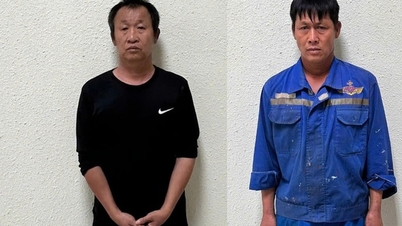

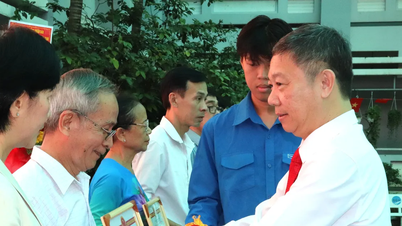



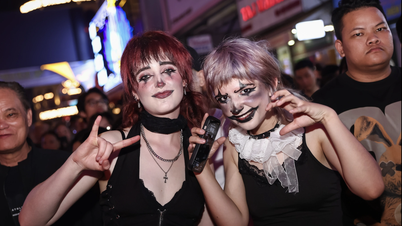



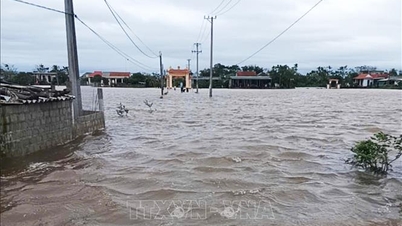

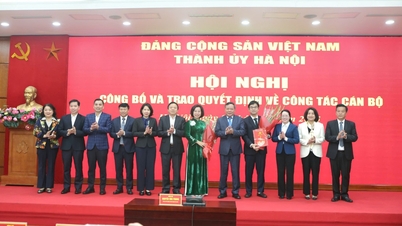
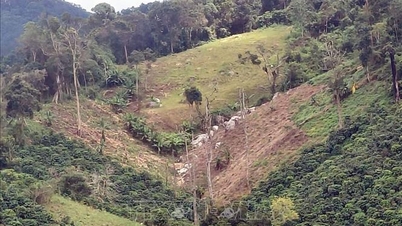




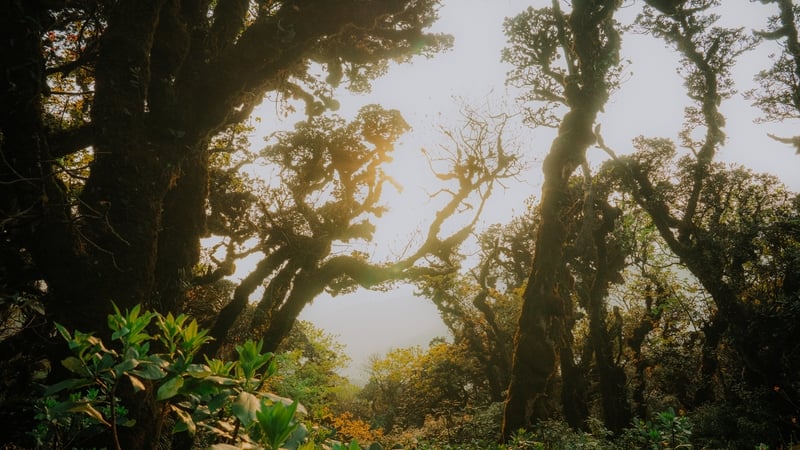


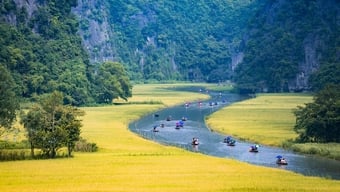
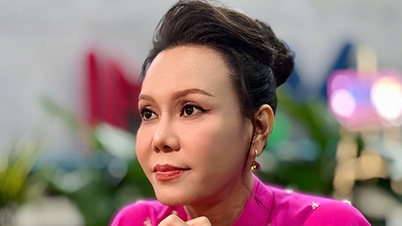

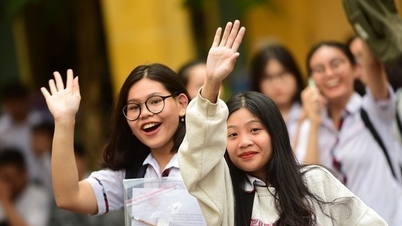

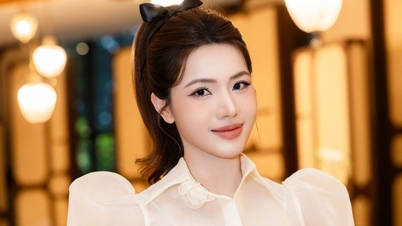







































































Comment (0)